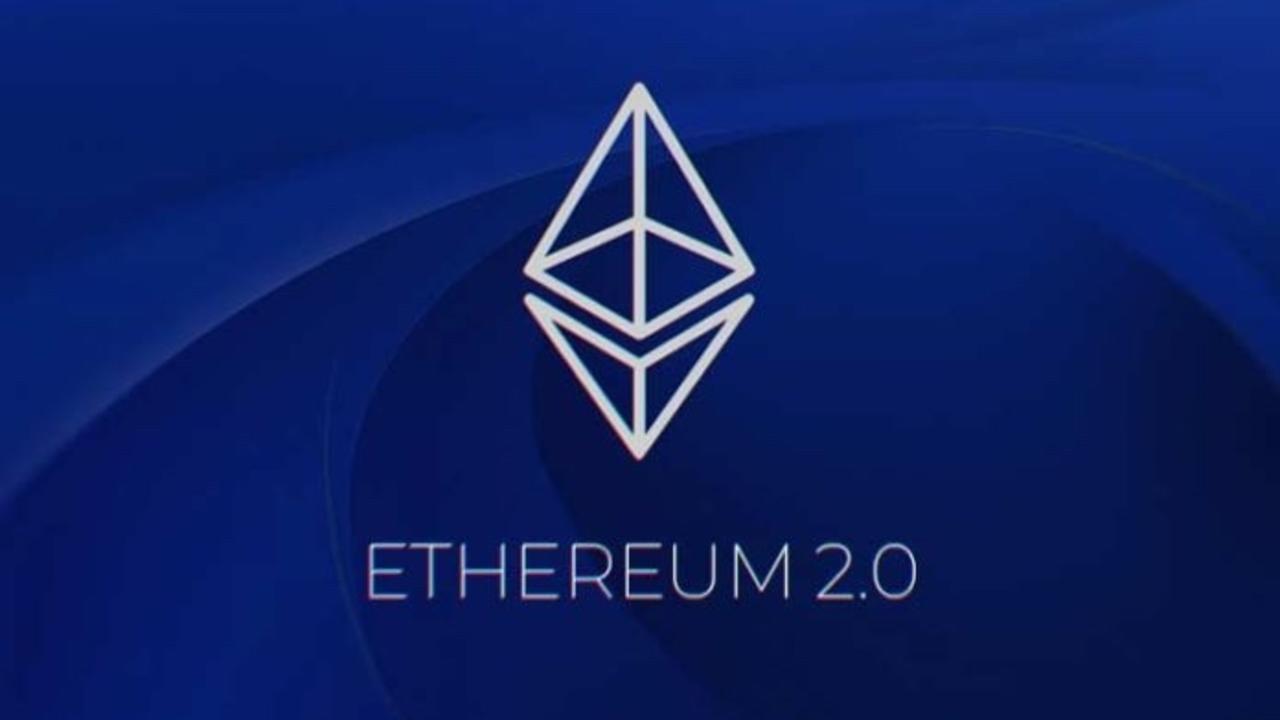
Since Ethereum first went live in July 2015, developers have stayed the course to improve it consistently. And in comparison to other upgrades over the years, the upcoming phasing in of ETH 2.0 will introduce two significant improvements: Proof of Stake (PoS) and Shard Chains. The shift in the underlying consensus mechanism away from the existing Proof of Work architecture will improve scalability, accessibility, economic incentives, energy efficiency, and lower barriers to entry, amongst other things.
Consensus Mechanisms
A consensus mechanism is a process by which the blockchain network agrees on one single version of the truth. Unlike in centralized systems, where those in power can twist the truth for a variety of reasons like political alliances, greed, power grabs, cover-ups, or even blackmail, and multiple versions of the truth can be told to gain an advantage.
For example, let’s say an earnings report is due to come out from a large corporation. And it just so happens, the CEO wants the CFO to “pad the numbers” so that investors will buy more stock. In this case, the “hippo” in the room, the CEO, might arm-twist the CFO to get him to lean on the Chief Accounting Officer, who is encouraged to modify the report from the accounting department to reflect the company’s earnings in a more positive light. A few powerful people like this in a centralized organization can team up to twist the truth.
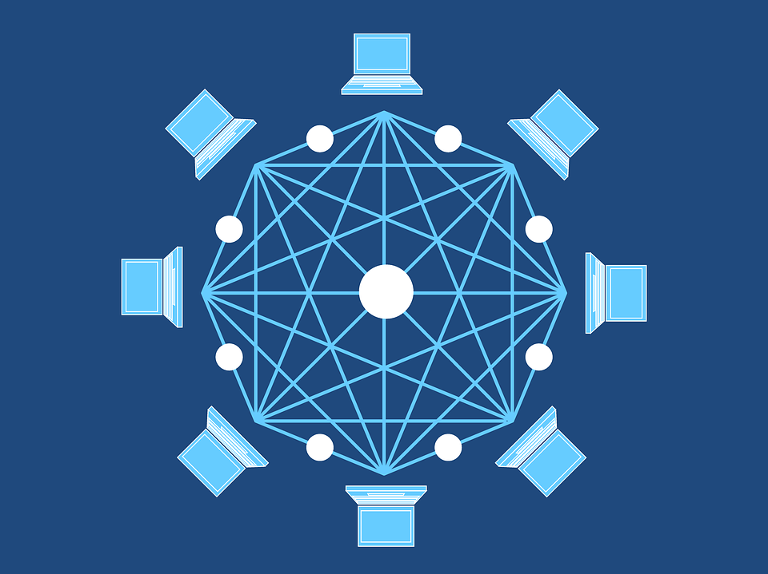
You can regularly see different versions of the truth being bandied about in arenas like political show trials where terms such as, “his truth” or “her truth” further erode the public’s faith in the possibility of one version of objective truth. But, the beauty of math and protocol—not to mention the incentives built into blockchain consensus mechanisms—is that they rely on large numbers of autonomous nodes working hard to arrive at what the accurate record of data is. They do arrive at a consensus as to what the single version of the truth is, but for this to happen, these distributed network systems must abide by an identical cryptographic mechanism.
Proof of Work Consensus Mechanism (PoW)
The current version of Ethereum runs on a consensus mechanism known as Proof of Work (PoW) which depends on physical computing power (miners) and electricity (work). These are the two main ingredients in the PoW recipe for building blocks on the blockchain and determining the single version of the truth.
Proof of Work (PoW) is still the most popular consensus mechanism and is also used on other blockchains like Bitcoin and Litecoin. In PoW, miners maintain the network and compete to add blocks of transactions to the blockchain. To do so, they must solve complex mathematical problems. The first to solve it wins and their block is added to a chain of consecutive blocks that is constantly growing and being added to.
PoW miners get paid in what’s called block rewards, which are doled out to those who successfully mine a block into existence. But all this work requires up-front costs. Not only do miners have to invest in computer hardware to build their mining rigs, but they also have to cover the daily electricity costs that fuel the computational power needed to solve these complex math problems. So, a miner’s costs of hardware and daily energy expenditures are offset and hopefully exceeded by the block rewards they receive.
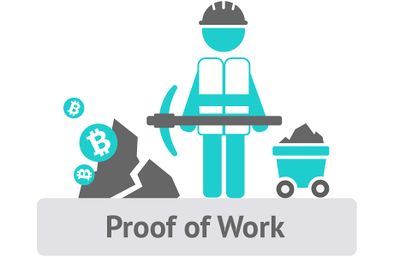
Unlike in a centralized system where a few people of influence can conspire to twist the truth, if a miner behaves dishonestly, their block will be rejected and this dishonest actor will have wasted time and incurred hefty electricity costs in the process.
This is what makes PoW so secure: The combined computational power required for an individual to compromise a well-established Proof of Work blockchain like Bitcoin or Ethereum is too cost-prohibitive. Maybe if an attacker could leapfrog into the future and procure a monster, quantum computer and then magically backtrack in a time warp to rewrite the blockchain’s history, it would be possible, but not likely this day-in-age.
Advantages of Proof of Work
Over time, PoW blockchains have proven to be a resilient, secure, and trustworthy consensus mechanism, but they face some pretty big challenges—namely accessibility, centralization, and scalability.
Accessibility:
The barriers to entry to becoming a PoW miner are high due to energy costs and the necessary hardware it takes to run this energy hog of a mining rig. These costs can prove to be a stumbling block for many people who would otherwise desire to participate.
Centralization:
The concentration of PoW miners is going in two directions:
- Mining Pools
Larger conglomerates can squash individual miners and prevent them from participating in the maintenance of the network. Thus, as mining becomes too costly for individuals, they are forced to either drop out or collectivize by buying hash power from a mining pool that operates as a single entity.
- Geographic Location
Conglomerates tend to gravitate to areas with low electricity costs and cold climates to reduce the costs of manually cooling their mining hardware.
This means that an individual miner living in Palm Springs with hot, desert temperatures and exorbitant, California energy costs, will have about as much chance competing against a mining conglomerate from Siberia as a one-legged man in an ass-kicking contest. Case in point, half the blocks on Ethereum 1.0 are already being mined by just two mining pools and that percentage is likely to grow as individual miners continue to collectivize.
Scalability
In the present Ethereum PoW chain, block sizes are limited by a gas limit cap and are mined sequentially. That means that after a block has reached its maximum number of transactions, the pending transactions that can’t fit will have to wait and hitch a ride on the next block.
The Proof of Stake (PoS) Consensus Mechanism
In ETH 2.0, PoS will be introduced, bringing with it many improvements such as, stronger economic incentives, greater energy efficiency, and lower barriers to entry (which means less centralization).
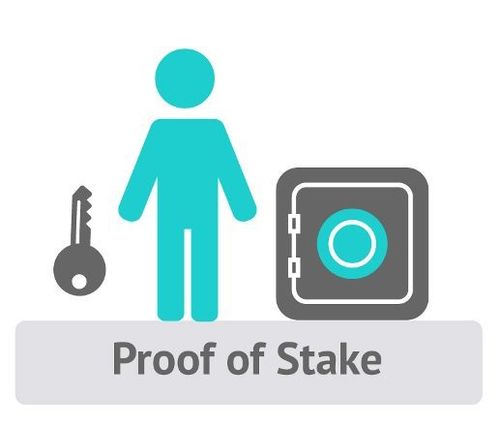
Like PoW, PoS is a consensus mechanism. It’s just a different kind that blockchains can use to come to an agreement on a single version of truth.
To accomplish this, miners and electricity from the PoW system will be replaced by validators and staked ETH on the PoS chain. Miners consume energy to mine blocks in PoW, but in PoS, the validators commit to having their stake (deposit) locked up to validate blocks into existence.
Stronger Economic Incentives
To participate, validators will need to stake 32 ETH into the official Ethereum 2.0 deposit contract for each validator node they desire to run. Each time a block is set to be proposed, up to 64 random committees of 128 validator nodes will be selected from the entire pool of validators to attest the block. This reduces the likelihood of a successful attack happening to odds less than one-in-a-trillion. Basically, it’s a hell of a lot easier to just play by the rules and get paid rather than try to cheat the system.
But there will always be some knuckleheads who will try. And if you decide to be one of those would-be attackers, there is a special “negative” crypto-economic incentive awaiting you: Some, or all of your staked ETH, will be slashed and you will be ejected from the network quicker than a card-counter from a Las Vegas casino. And no, you won’t have mobster characters like Robert Dinero or Joe Pesci working you over in a back alley, but you might receive some nasty tweets from Vitalik (Vitalik Buterin, the face, and co-founder of Ethereum)—so don’t even think about it.

Vitalik Buterin
Some believe these incentives against malicious behavior are greater than those found in PoW. Not only because of the tremendous financial risk but because 32 staked ETH are more tangible than say, the secondary cost of electricity a PoW attacker might expend. A future electricity bill could be abstracted away in the mind of a would-be attacker but watching one’s stake of hard-won ETH slashed from 32 to 0 would bring crocodile tears to anyone’s eyes and might work as a stronger deterrent.
A milder economic deterrent will also be at play to keep the network running smoothly. Validators who spend too much time offline and don’t maintain their fair share of computational responsibilities can have their block reward decreased. Validators have to be online and available to be randomly selected to propose a block. However, these penalties are relatively mild in comparison to what malicious attackers get.
As far as positive crypto-economic incentives go, as mentioned before, validators have to be online and running the Ethereum 2.0 client software. They can then be randomly selected to propose and attest to blocks on the blockchain. When a block has been proposed and a sufficient number of validators have attested to the block, the block is added to the Ethereum 2.0 blockchain. Validators are rewarded in ETH for both successfully proposing and attesting blocks in direct proportion to how much they have staked.
Greater Energy Efficiency
Let’s face it, the world is turning “green,” and since PoW mining operations are poised to reach the energy consumption levels of small countries, it wouldn’t take much of an outcry to elicit the wrath of powerful environmentalists and politicians looking to curry favor from such pressure groups by putting the squeeze on some of these large mining operations. Such unwanted attention could result in additional taxes or threatened closures if things get ugly.
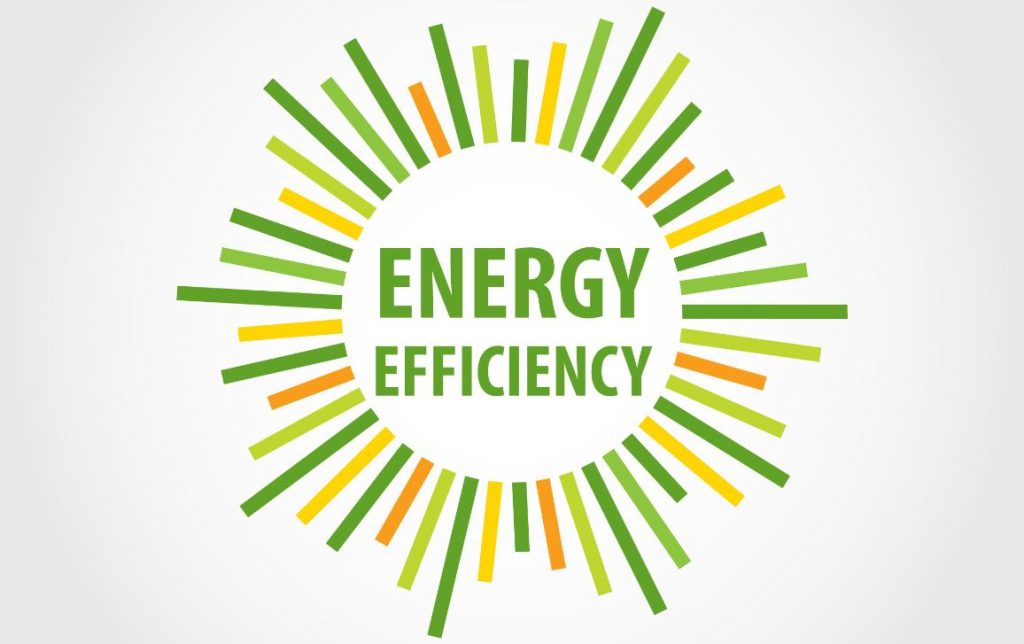
Whether such a scenario ever plays itself out is debatable, but PoS is positioned to be a more eco-friendly and less expensive distributed form of consensus which may prove to be a more advantageous position to be in.
Lower Barriers To Entry and Decentralization
To become a validator on the upcoming ETH 2.0 network, one only needs a laptop computer, the technical ability to run the client software, the discipline to stay available online, and…oh yeah, the 32 ETH. Buying a laptop (other devices will work as well) is far less expensive than erecting a large mining facility, so right there the barriers to entry in this PoS system have been lowered.

However, that’s not to minimize the staking cost of 32 ETH. At the time of this writing, the price per ETH is $242 so even though we’re not talking about costs equivalent to starting a mining conglomerate, $7,700 is still a tidy sum.
Luckily, for those who can’t hustle up that kind of coinage, or those who might be afraid of exposing their entire nut to potential fund slashing, companies are springing up that will act as staking pools. These companies allow people to pool their funds with others to reach the required 32 ETH needed for staking. The rewards would then be divided up proportional to the individual’s contribution.
Lower barriers to entry mean more validators and more validators on the network means more decentralization. And that’s always a good thing.
To summarize, PoS addresses the three issues of PoW chains face: accessibility, centralization, and scalability, in the following ways:
PoS Accessibility:
PoS validators will not carry the burden of initial hardware costs nor exorbitant electricity rates like miners from the PoW chains do. This provides a significantly lower barrier to entry. And if the staking amount and time commitments are out of reach, there are staking pools available that one can join.
PoS Decentralization:
Participation in a PoS chain requires only an internet connection, and a computer (even a phone/tablet will do). That opens doors for a greater number of participants on the PoS networks resulting in more decentralization.
PoS Scalability – Sharding
We haven’t talked about this yet, because PoS alone does not improve scalability—sharding, however, does.
In PoW, a single chain made up of consecutive blocks is incredibly secure. Safety isn’t compromised but speed is. That’s because each node has to process and validate each transaction in consecutive blocks.

Sharding
Sharding is a scalability solution that can be implemented on PoS chains without compromising security. Sharding partitions the blockchain into multiple shard chains (in the case of ETH 2.0, that’s 64 separate shard chains), each of which is capable of processing blocks. Sharding divides the data processing responsibility among many nodes so that blocks can be processed simultaneously. This speeds up the process immensely—a minimum of 64x of the transaction speed of ETH’s original PoW chain.
Here’s a simplistic example in case this doesn’t make sense: If you’re impatient like me, you probably hate it when the person in line ahead of you at the grocery store waits until after the checker has finished ringing up the total before inserting their debit card. At many point-of-sale registers in the U.S., one can insert their chip card and type in their PIN code simultaneously as the checker is still scanning the items. There’s no need to wait until the checker is finished before starting the payment process. When customers work in parallel with the checker they finish at approximately the same time, rather than working consecutively. The checkout process moves faster—as do the lines (which are increasingly longer here since Covid-19). Sure, it only saves 10 or 20 seconds a person, but with thousands of people checking out daily the time adds up.
ETH 2.0 Phases
So, how will ETH 2.0 be rolled out since it is full of so many improvements? The answer is in phases. At least three phases to be more precise; Phases 0, 1, and 2. Phase 0 will launch in 2020, with Phases 1 and 2 releasing in the following years.
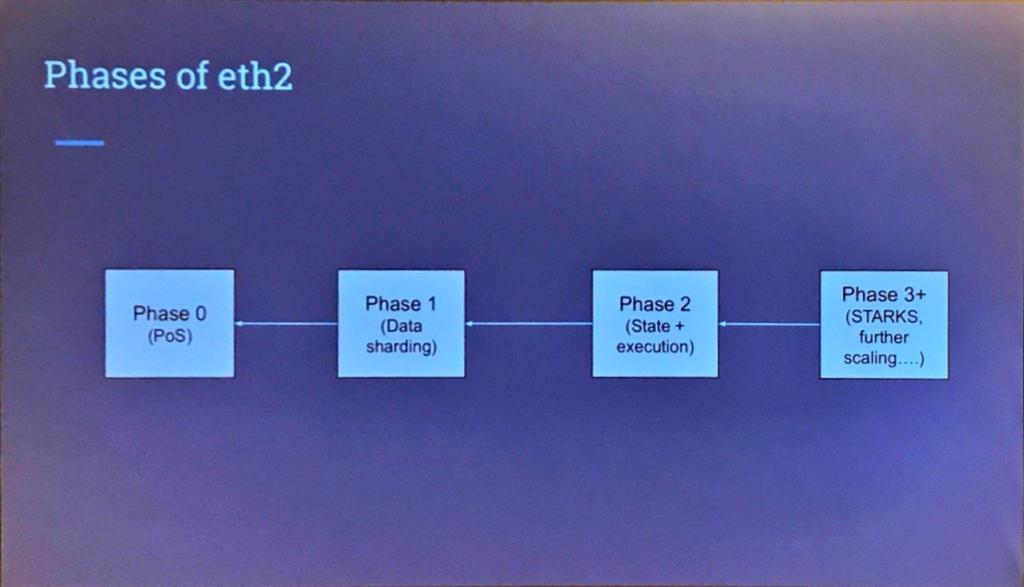
Phase 0
The Beacon Chain will be implemented in this first phase and will execute the POS consensus mechanism that we’ve been discussing. The original PoW chain will continue to run alongside the new PoS chain to ensure there is no break in data continuity.
Phase 1
There is no firm launch date for Phase 1 yet, but it will likely roll out in the year following the launch of the Beacon Chain. The primary improvement of this phase will be the implementation of shard chains.
Phase 1.5
In Phase 1.5, the two blockchains (PoW and PoS) will merge to ensure continuity and one single Ethereum network. Though the history of the original PoW chain will still exist, it will operate like any other PoS shard on ETH 2.0.
ETH holders need not fear as they will not have to undergo any sort of token swap. They will be able to use their old ETH on ETH 2.0.
Phase 2
Although less defined than the previous phases, with both PoS and sharding, successfully implemented, Phase 2 will enable such things as ether accounts, transactions, transfers and withdrawals, and smart contract execution.
Beyond Phase 2
ETH 2.0 has long been anticipated and the Ethereum blockchain will not be done with its evolution after Phase 2. The years following Phase 2, promise to be more exciting and filled with more opportunities for sure.
To be a part of ETH 2.0’s evolution, check out the latest Ethereum courses at Ivan On Tech Academy today, the best online place for blockchain courses and blockchain education!
MindFrac
